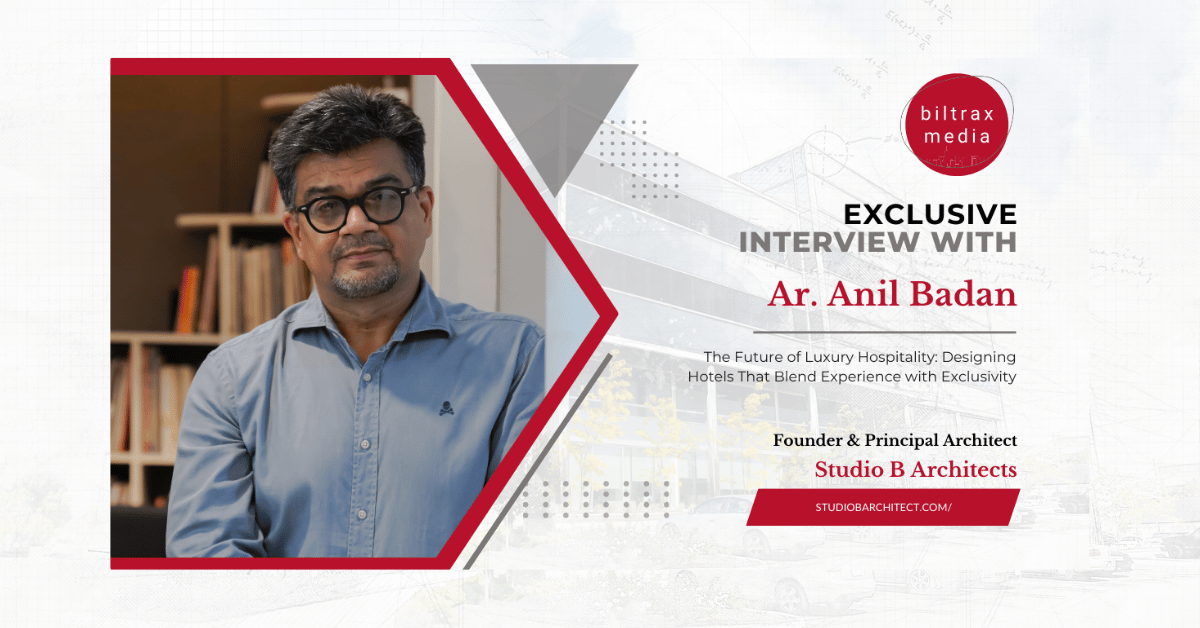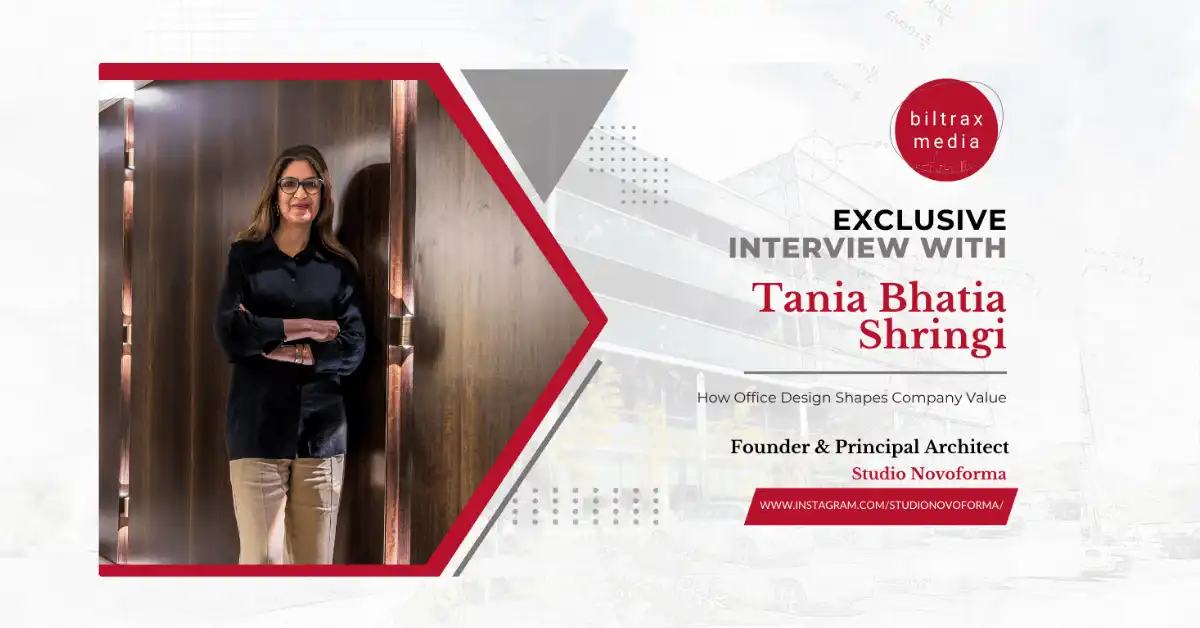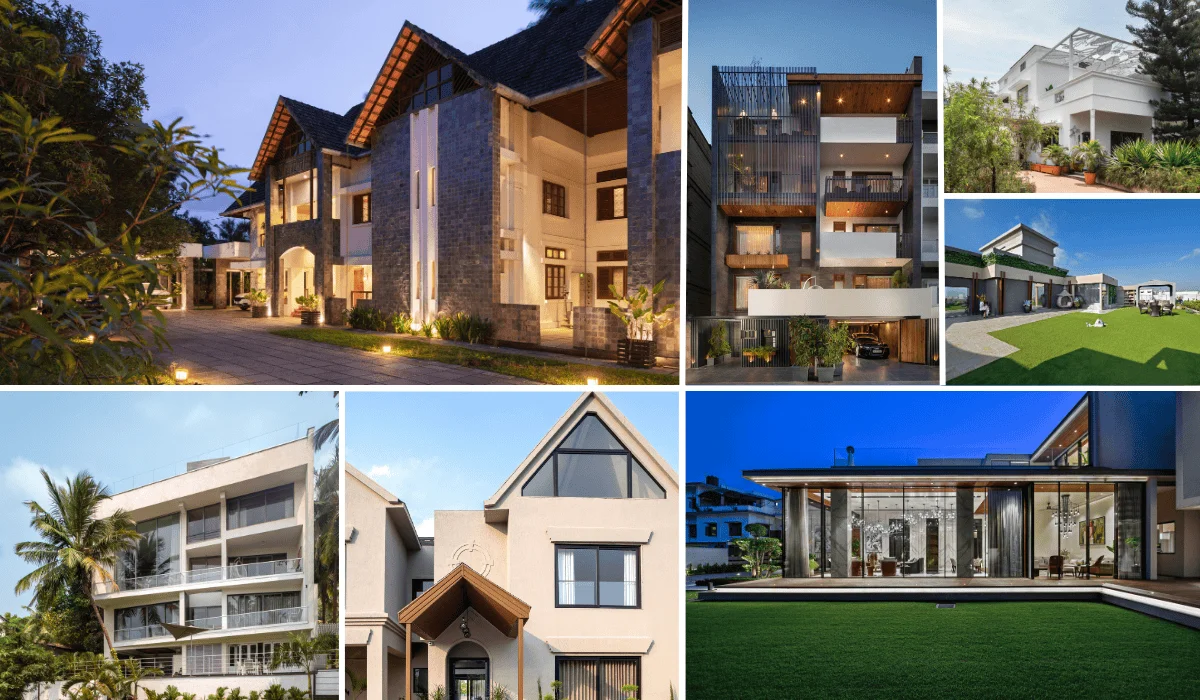With an experience of over a decade, Aishwarya Tipnis commemorates urban histories and engages community-led conservation practices. She is an alumnus of School of Planning and Architecture, New Delhi. She also earned her Master’s Degree in European Urban Conservation from the University of Dundee, Scotland. Being a custodian of historic buildings and settings, she has taken initiatives at grass-roots level in reclaiming and refurbishing the architecture of myriad heritage structures all over India.
She has authored the book “Vernacular Traditions: Contemporary Architecture”. This book focuses on the synthesis of vernacular architecture with modern technology to form a model for sustainable development. She is also the author of Engagements in the Courtyard: Restoring a Haveli in Old Delhi. In an interview with Biltrax Media, Aishwarya provides insight into her journey of practicing conservation in India. She acclaims how inefficient policies and financial return anticipated are dire threats posed on preserving heritage.
What inspired you to practice conservation?
Growing up in New Delhi in the 1980s, heritage monuments and buildings were a part of regular life, whether it was going for a picnic to Qutub Minar or Lodhi Garden or shopping at Connaught Place or Chandni Chowk. My fascination for heritage led me to study architecture. It was the natural choice to focus my energies on becoming a heritage architect. My goals were using existing buildings rather creatively, giving them a fresh life through adaptive reuse. This is what we continue to do.


Apart from architects, who are the major stakeholders involved in heritage conservation projects? How do they influence your design decisions?
I would like to define what we do as heritage making more than heritage conservation. This is because we are adapting old buildings to new uses. Adaptive Re-use is always a collaborative process. Here the architect is essentially a facilitator, who is using his skill as a spatial designer to solve the problems of the present and the future without harming the past. It is a very tough job because heritage always belongs to someone. The community develops its own attachments and sometimes nostalgia with it. As a heritage architect getting someone to let go of their memories so that a future generation can make theirs is never easy. I think the main protagonists are the building itself, the community that it belongs to and the polity (policy and regulations) that one works within which influence the design decisions.
Conservation deals with aspects like facade restoration, structural stabilization and other such technicalities which are generally unspoken of. Could you share how conservation involves an equally sustainable and practical approach as any other architecture domain?
From my perspective, heritage conservation or rather the aspect of heritage conservation that we practice i.e. adaptive reuse is an integral part of mainstream architecture. In contemporary times, the sustainable way forward is restoring and retrofitting buildings in the wake of the climate crisis. Reusing heritage buildings helps not only preserve the embodied energy but also crafts, skills and reduces CO2 emissions. It is the most practical way forward. Unfortunately, while experts talk about it a lot, there is very little done on the ground. Every time there’s a choice between saving a building or demolishing it, the economic gains tilt in favour of reconstruction. This thus is the main challenge we need to address most urgently. The technical aspects of conservation are not that difficult even though they require skill, patience and time. But in my opinion, the buck stops at economic gain vs environmental conservation.

You have “a cultural diplomat negotiating change between the past and the future.” Could walk us through that in reference to work undertaken by you?
My work revolves around living buildings; that heritage belongs to someone, to a community. I see a community like a joint family, where each member has their own points of view, associations and memories. When adding a new layer to an old building, we are intervening with someone’s memory, while catering to a new generation, their 21st century needs. So I see the role of the heritage architect as a cultural diplomat negotiating and building this bridge between the stories and memories of the past with the needs of the future. This is relevant for almost all the projects we have worked in but I will share how it works at different scales.
We were consultants to UNESCO on developing the urban design strategy for Bandra Station, a Grade – 1 listed heritage building in Mumbai. From a traditional approach, we would need to take the building and its surrounding areas back to how it was in the 19th century when it was built. But in 2015, and the station received footfalls of 7 lakh commuters and integrated the needs of security and public amenities. Our design solution for the urban plaza was sensitive to the needs. Yet brought out the best in terms of the key views and vistas enhancing the identity of Bandra Station.
We have also been involved in the restoration and adaptive reuse of public institutions such as schools. Some of these in heritage buildings include The Doon School, Woodstock School and The Lawrence School, Sanawar. Here we struggled with the options of restoring the building to its 19th century character or redesigning it to a 21st century classroom or dorm room. We successfully executed the project through a collaborative and iterative design process. This involved the administration, students and teachers and construction teams. Designing private residences in heritage buildings is a process of integrating the past and the future. This does not limit to aesthetics but we also integrate new services like state of the art kitchens, bathrooms etc. without harming the heritage values of a place.


What relevance does the architectural legacy of a city hold to its citizens?
In my opinion, architecture reflects society’s thoughts, belief systems at a given point of time. The buildings are often the physical reminders of this storyline. Sometimes those stories are of the glorious past with forts and palaces or grand monuments. Sometimes they are reminders of a great economic boom and sometimes of ugly times, of oppression or difficult political times. It is the difficult heritage of the past that most people want to wipe clean and start afresh. We see this in Post-colonial and post-soviet contexts where the past is seen as problematic. At the same time, sometimes the nostalgia of the past is celebrated to make the citizens feel good about their city and its legacy. Therefore I feel architecture or heritage is a tool and the social narrative that determines what it means to the citizens in a given socio-political context.
How can architectural heritage be more accessible to citizens, beyond being historical edifices and monuments but as places that imbibe a sense of ‘place’ and ‘belonging’?
Sense of place is a perception that the beholder holds in his eyes about the place. It is developed through the lens with which one views it. A romantic rose-tinted lens may view old Delhi as the epitome of Mughal architecture and planning, where even the crumbling buildings tell stories of the great bygone era. Whereas another lens of the user may notice filth, garbage, degradation and inhabitable places.
I don’t think it is possible to “preserve” that sense of place and belonging. They are specific to a time and place, the same place can mean different things to different people. What however is important to recognise is how can its everyday users understand this collective identity. How can its policy makers who are responsible for what happens to the place after the designer or developer has handed it over. We often see that after a few years, places degrade. And that is what we need to ask, why did it happen?
What are the barriers/challenges to conservation and restoration works?
The primary barrier is policy. Our policies mention adaptive reuse but not a single policy supports or defines a process for it. I think heritage is much more than preserving buildings; it is about rendering them relevant to current times and the future. We lose the game when it comes to economics; when the numbers on return on investment; don’t make sense towards restoration. The playing field in India isn’t level. There needs to be a balance of perceived loss of economic gain before we can advocate that people should conserve their buildings.
And in my opinion, the most significant challenge is that everyone is working in silos, urban planners, architects, heritage architects, landscape architects and communities. It’s time to re-look our processes and revamp them to achieve a climate neutral and circular economy in the future.
Aishwarya Tipnis Architects
Visit: aishwaryatipnisarchitects.com
E-mail: studio.ata.delhi@gmail.com
Contact: +91 – 9873 926 616
Biltrax Construction Data is tracking 11000+ projects on its technology platform for its Clients. Email contact@biltrax.com to subscribe and generate business leads.
Discover more from Biltrax Media, A Biltrax Group venture
Subscribe to get the latest posts sent to your email.
































